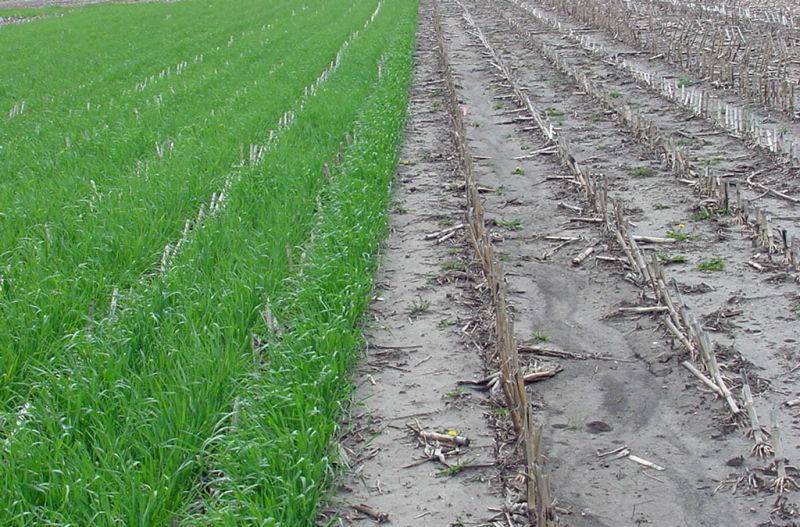“Despite their notable environmental benefits, neither unfertilized perennials nor cover crops necessarily promote rapid soil carbon sequestration relative to conventional annual bioenergy systems because of concomitant increases in decomposition,” according to the study.
Recent study uncovers impact of cover crops
A study done by Iowa State scientists found that cover crops do not have a big impact on soil absorption and storage of carbon.
December 9, 2019
A recent study found cover crops do not have a significant effect on soil’s ability to absorb and store carbon.
A group of scientists from Iowa State, including Steven Hall, assistant professor of ecology, evolution and organismal biology, conducted the study.
The scientists conducted the study to discover whether or not cover crops actually improved the soil’s capacity to contain and store away carbon and to research further into the effect of cover crops and perennial plants on the microbial activity of surrounding crops.
According to The Spruce website, cover crops are plants that are used to aid the soil in various ways, such as suppressing the growth of weeds and helping prevent erosion of the soil. They may also aid in the growth of a larger crop yield in the next growing season.
For this study, soil samples were taken from fields and put under extensive treatments to uncover the answer to the scientists’ question.
Though cover crops provide carbon to the microbes of the cash crops, they may produce too much for the microbes to absorb, according to the study. While cover crops do aid in the lessening of runoff, these findings seem to suggest that they do not help in the case of counterbalancing climate change due to excess amounts of carbon.
“Cover crops and perennials provide key benefits for water quality, but I wouldn’t hang my hat on rapid carbon sequestration benefits,” Hall said. “We’ve found a tradeoff. Greater plant growth doesn’t necessarily mean gains in carbon sequestration if microbial activity also increases.”
A set of 96 samples were used in the study and were a part of another 10-year field study. The soil was taken from fields with various crop planting scenarios like continuous corn planting, soybean and corn rotation and even reconstructed prairies. These samples gave the scientists insight into just how much cover crops impact the activity of microbes in the crops around them.
Their study was published in the Global Change Biology Bioenergy academic journal, where all of the details such as methodology, materials and data analysis of their study can be found.







